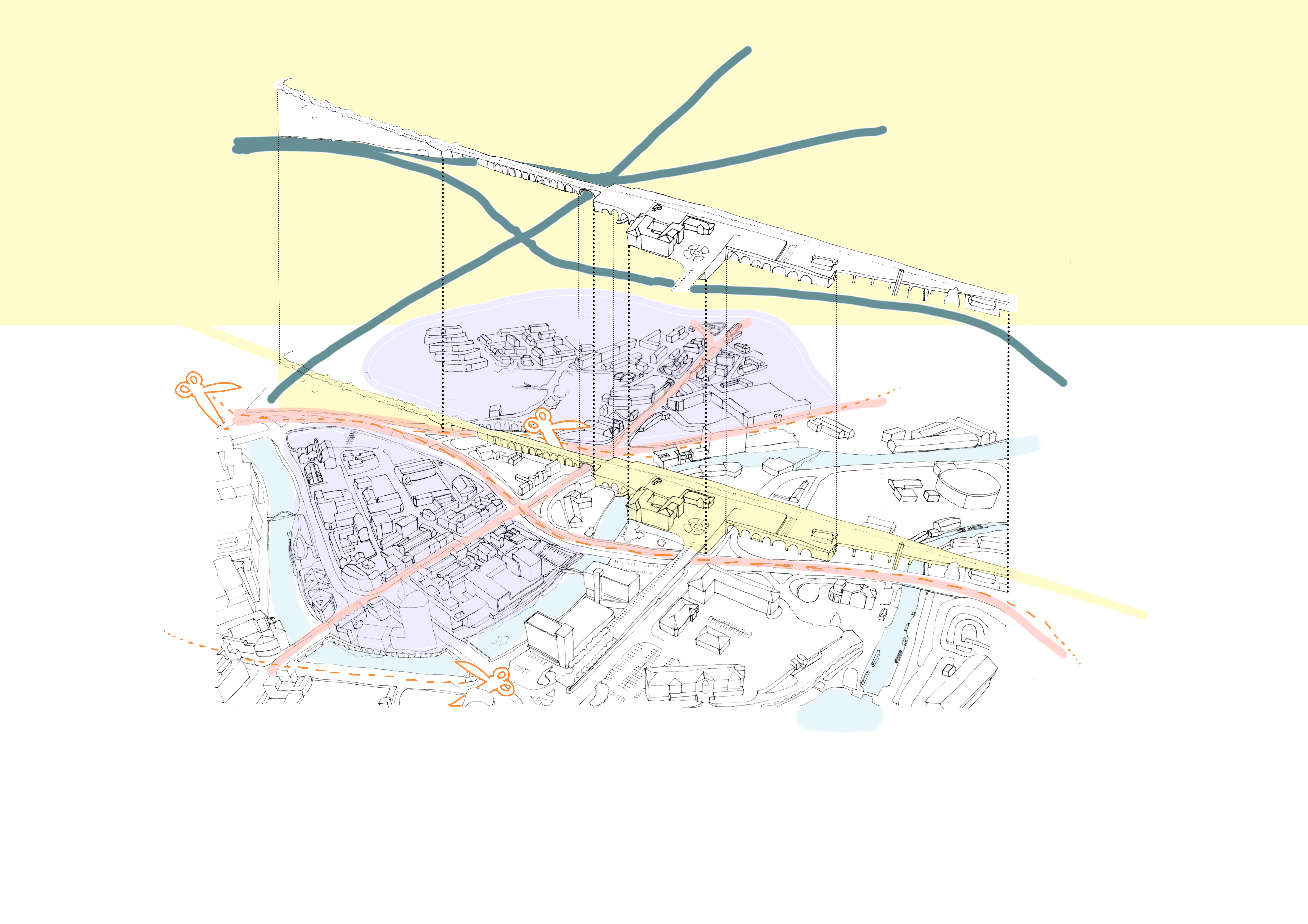POST 22.10.20

Across the immediate area, you notice that a vast proportion of remaining structures are disused, abandoned, derelict, graffitied, maybe even overgrown as the resilience of biodiversity has claimed its place.
Just like the huge amount of unoccupied houses in the UK, I see the surrounding area and imagine this has an impact not just hyperlocally, but regionally too. For instance, when the Sheaf market was torn down and Castlegate market, anyone North, South or West of the Wicker, Spital Hill and Burngreaves rarely ventured to that part of town anymore. The disjointed north-west and south occupiers of the city may not even get as far as Ladys Bridge; like there is a mental and physical boundary that indicates there is nothing beyond what used to be. To some there may not be the diversity of amenities that once empowered Wicker, Spital Hill and Burngreave, but life there still thrives, cultures flourish, and your taste buds tingle beyond the beige british culinary pallets.

I sense due to the neglect of structures, as well as the local and regional decisions around Sheffield’s districts, this area, for “outsiders” is made unknown, and an unnerving territorial atmosphere is formed. Not due to the community, or the individual, but just like the ecological species driven in and out of our urban parks and forests etc., the evolving and adapting “human species” of this area are not valued when they should be; as a result you are left with more disused buildings, and unnecessary sprawling of communities.
Although former features such as the Wicker Arches were once the gateway to Sheffield’s industrial East End, they remain a prevalent imaginary gateway to the city. It’s 41 arches that have withstood almost 2 centuries of generations and change, span and connect many other towns and Yorkshire cities. It is noticeable from many vistas, and the disused railway track above the arches could be the next socially active landscape. I see an opportunity to reoccupy a space that could connect locals and visitors, host community events, and showcase local artists. It could be an educational platform that brings local citizen experts together to shape their own cityscape and it can be done in a means that utilities local trades and crafts. Taking waste tyres, and other scrap materials.
It is especially important to acknowledge that we cannot continue to design for short life cycles, a set purpose or function. We have to think beyond the future of that brief, and the intended occupancy, and ensure that our spaces are flexible, fit for change, post occupancy architecture.
– Terri-Louise Doyle –

Reblogged this on SHU_Architecture / Exchange.
LikeLike